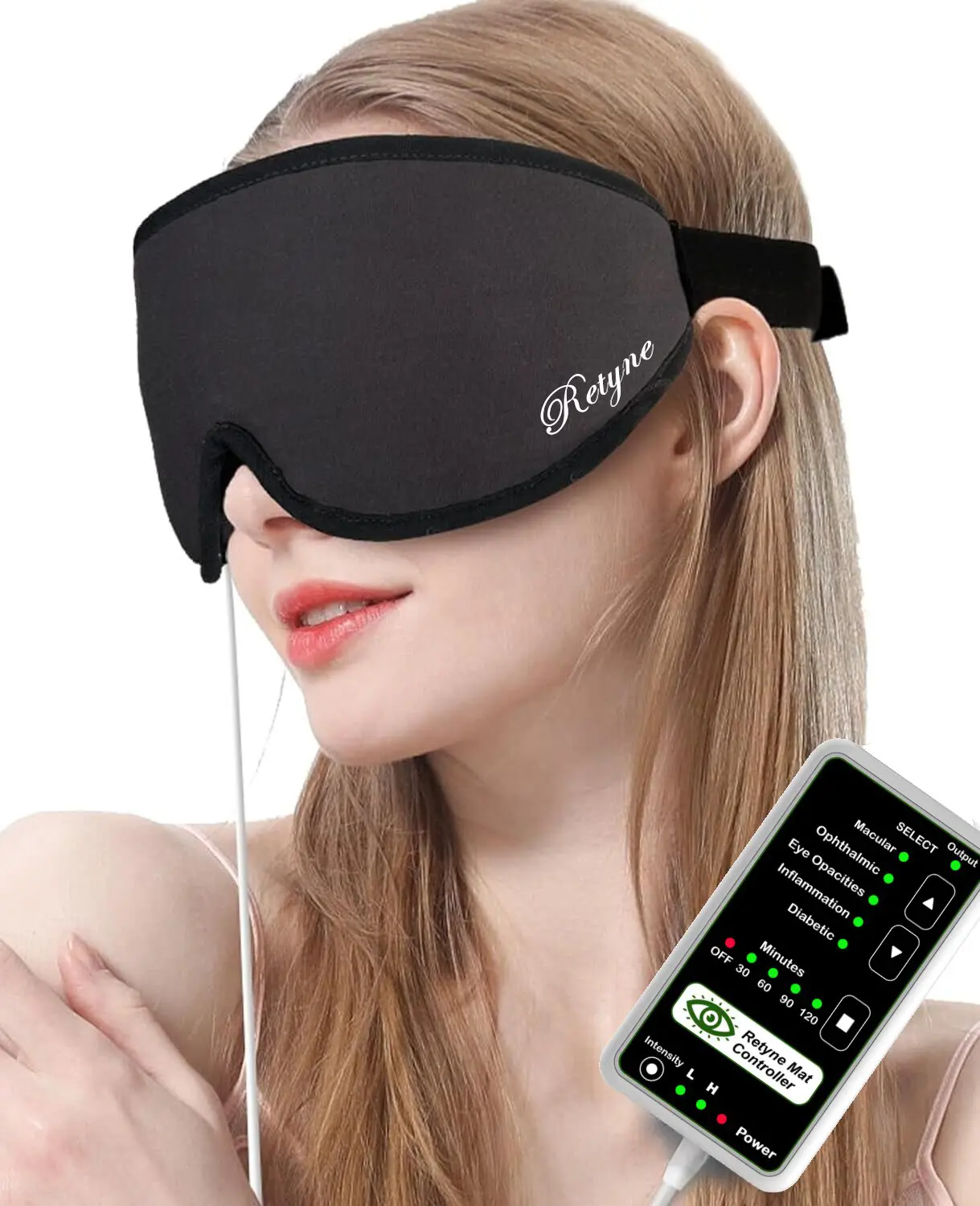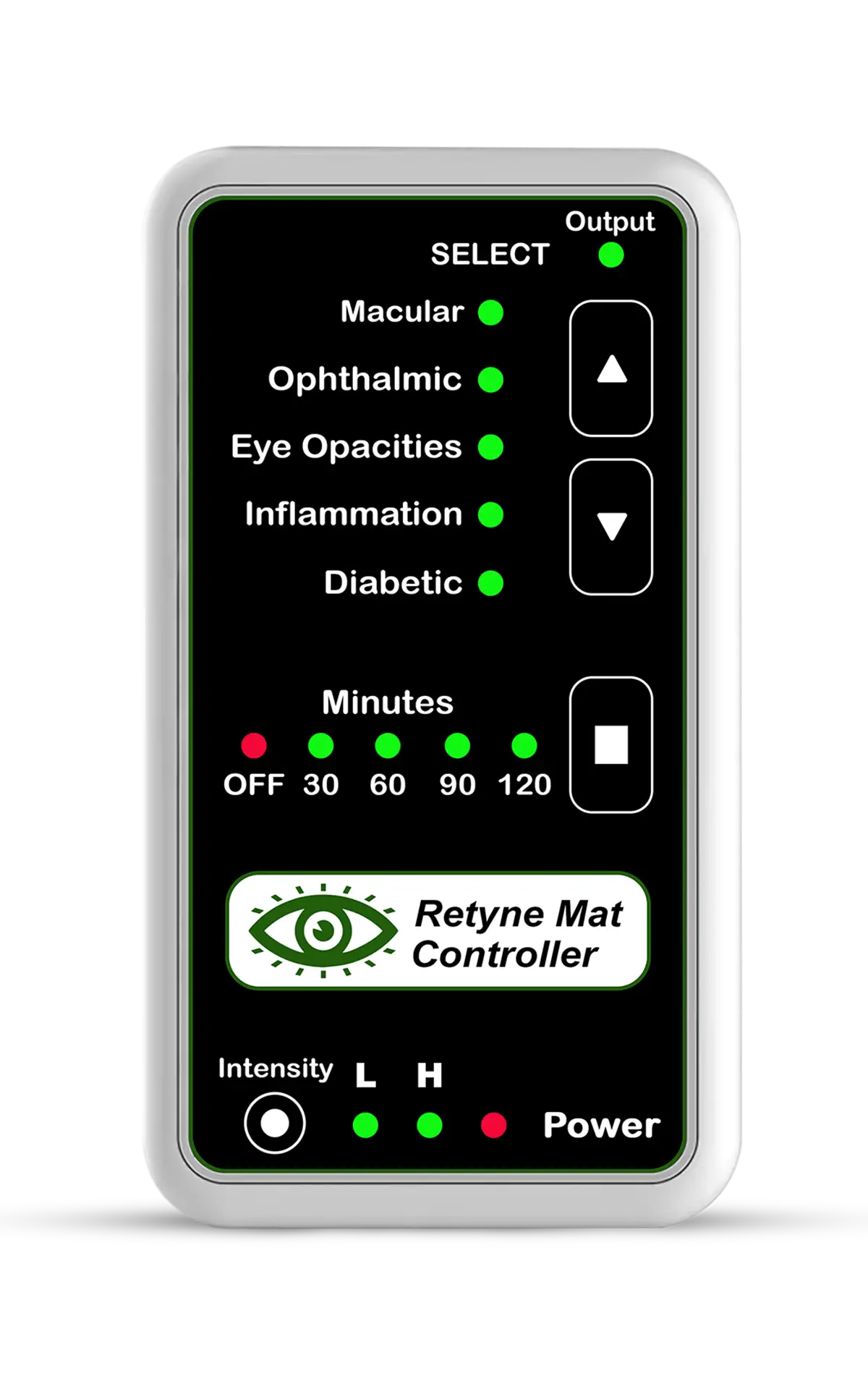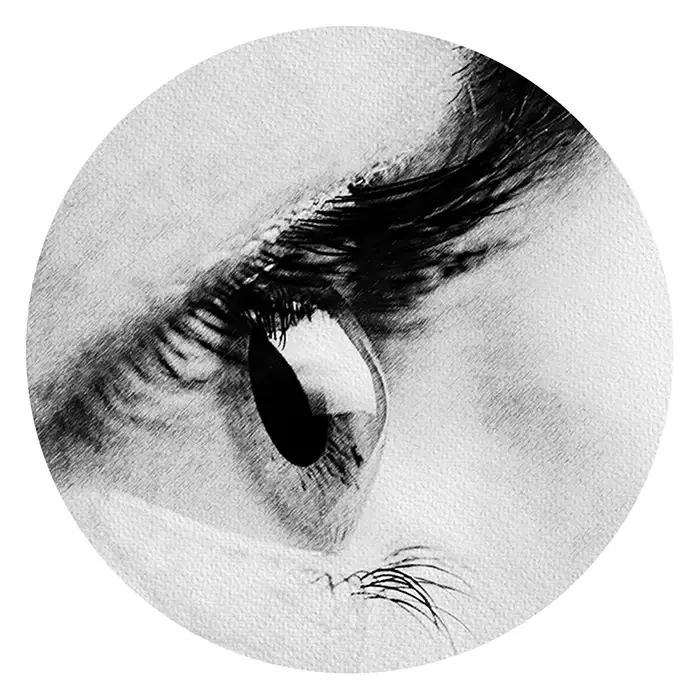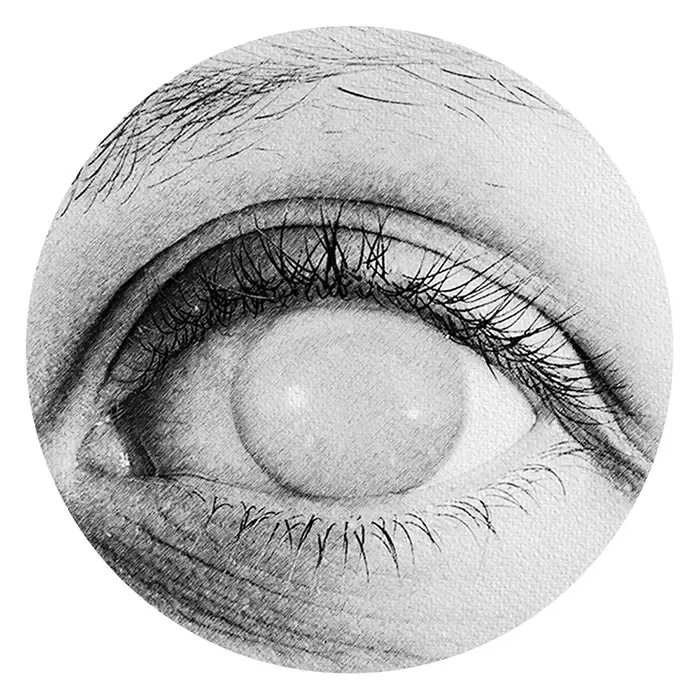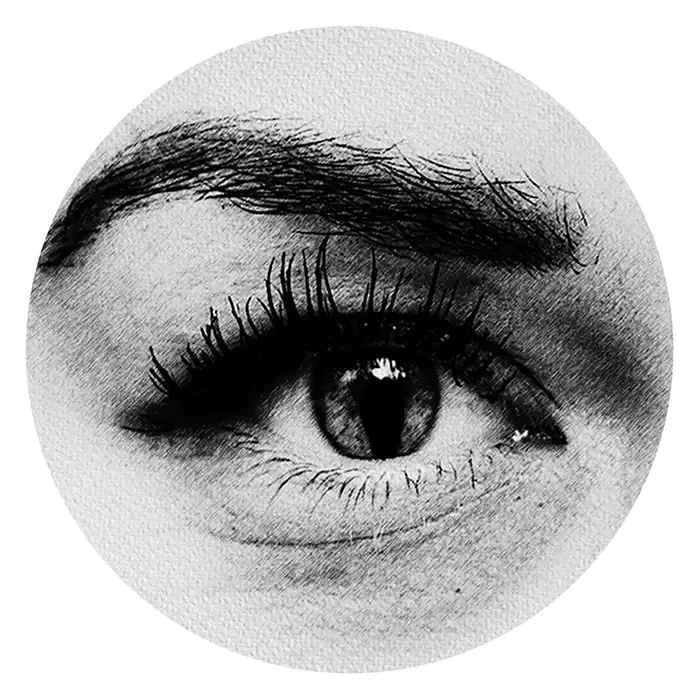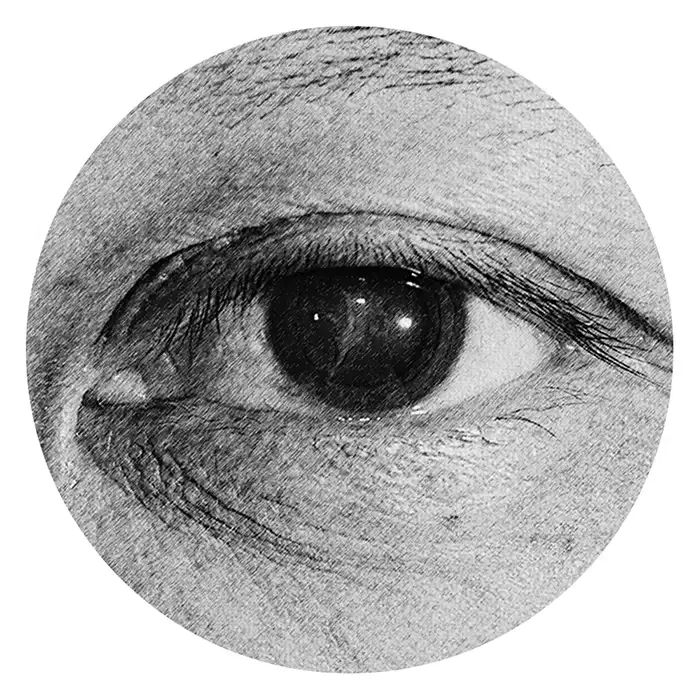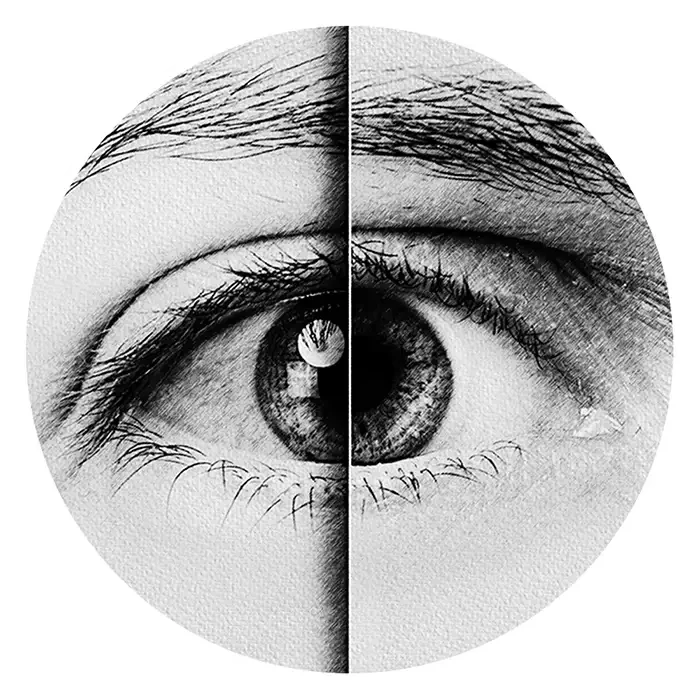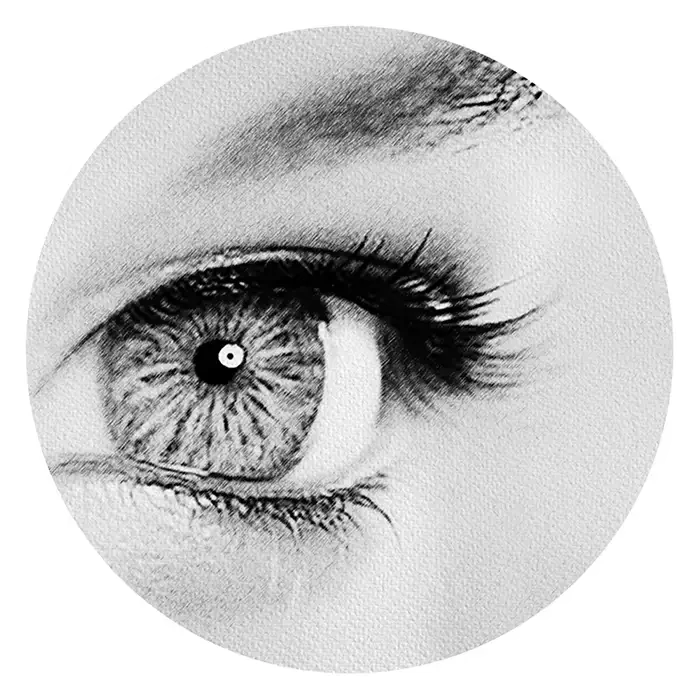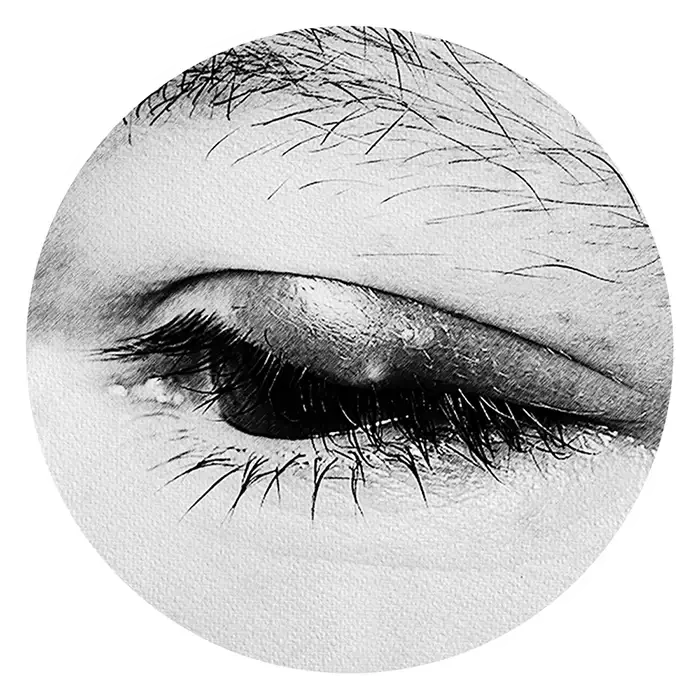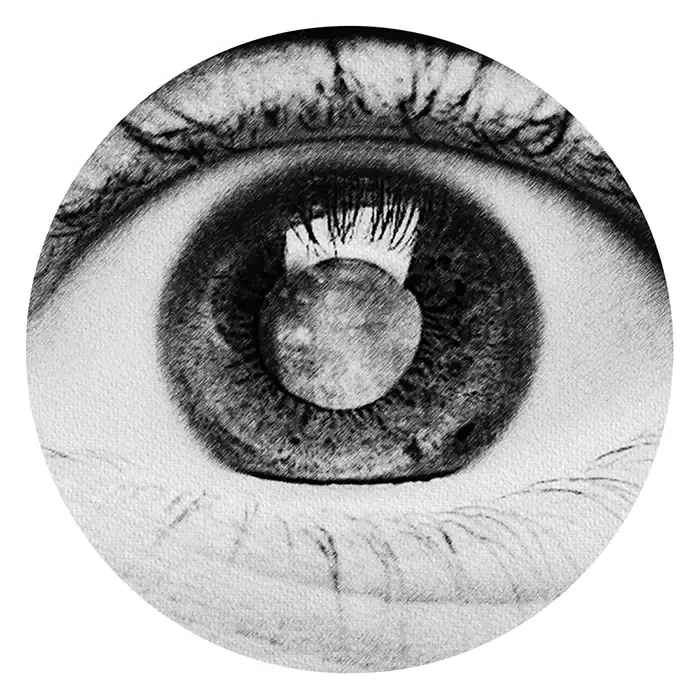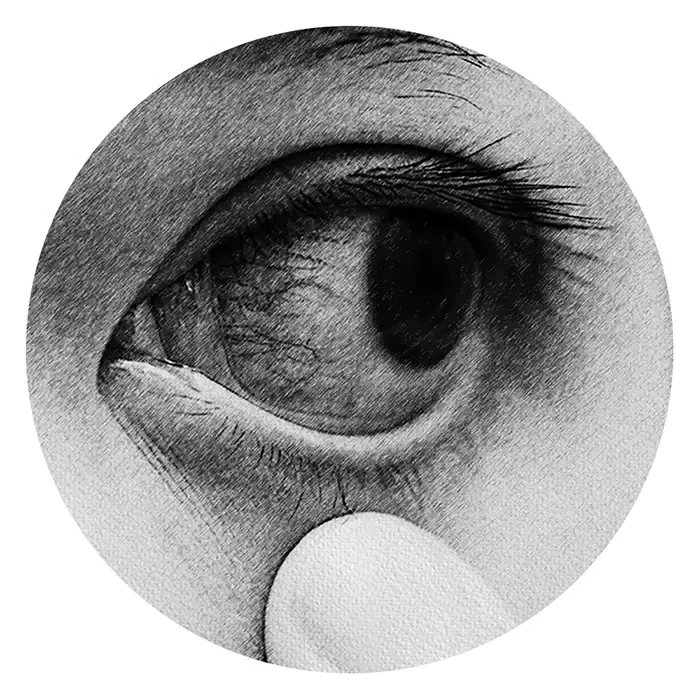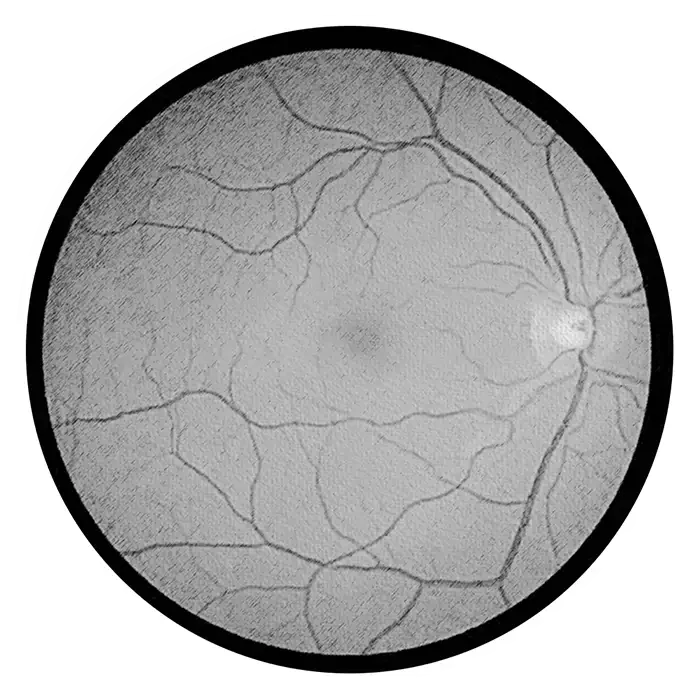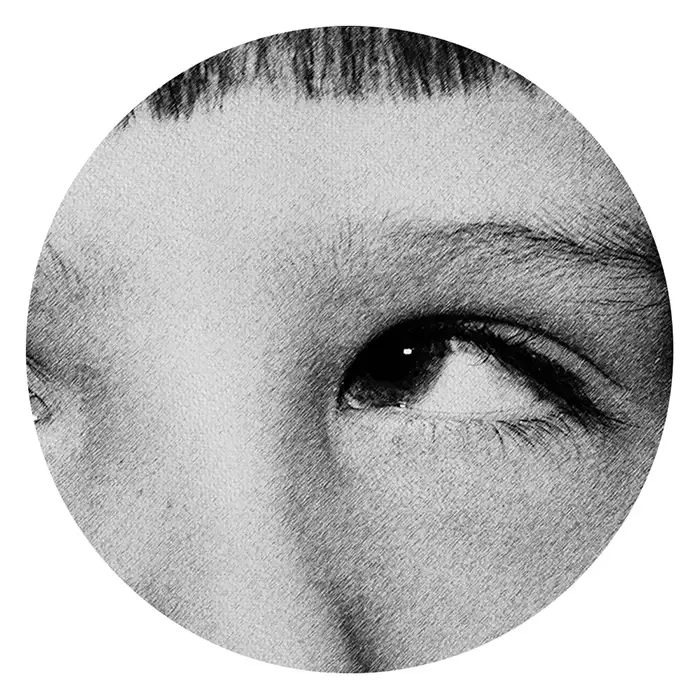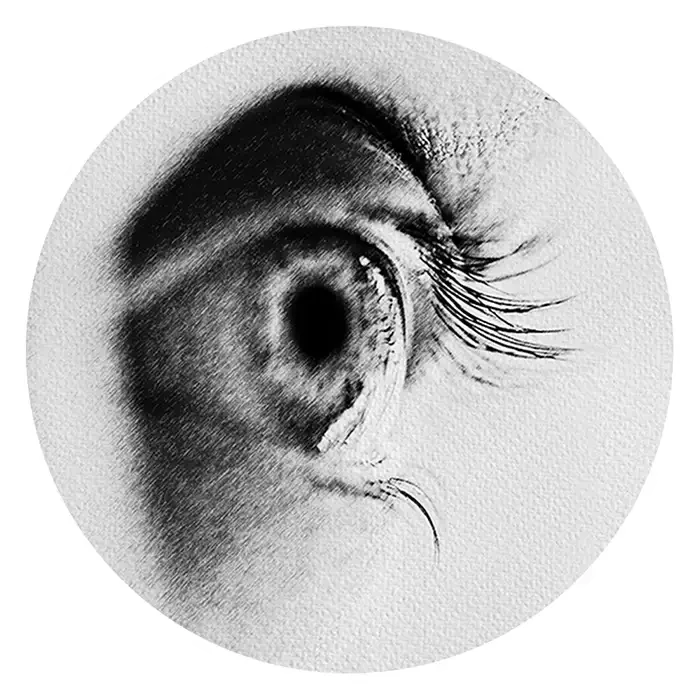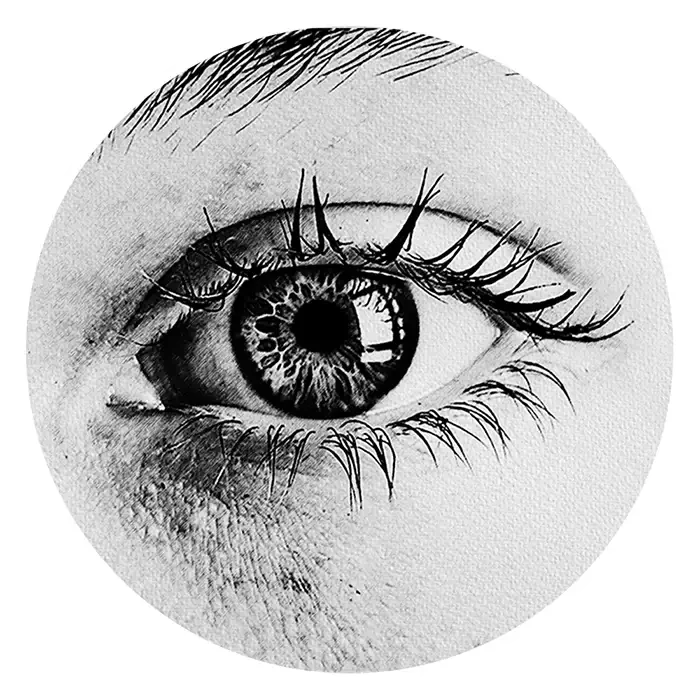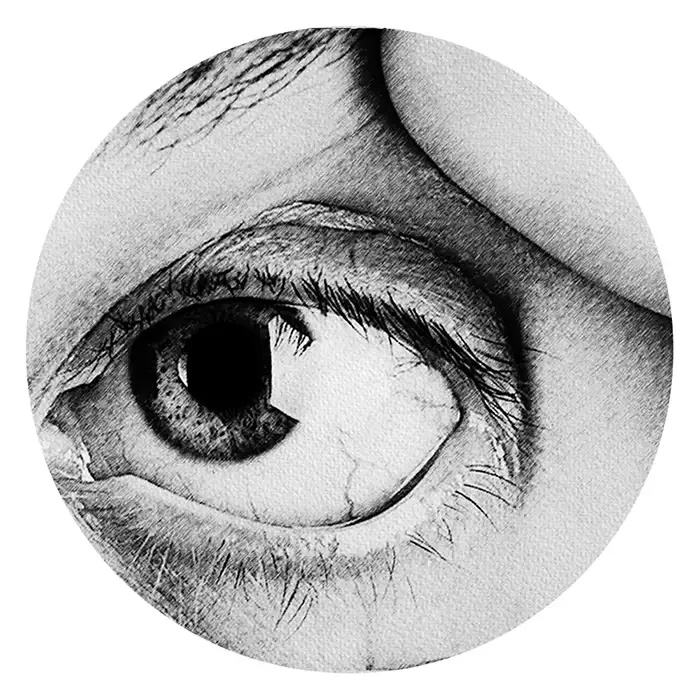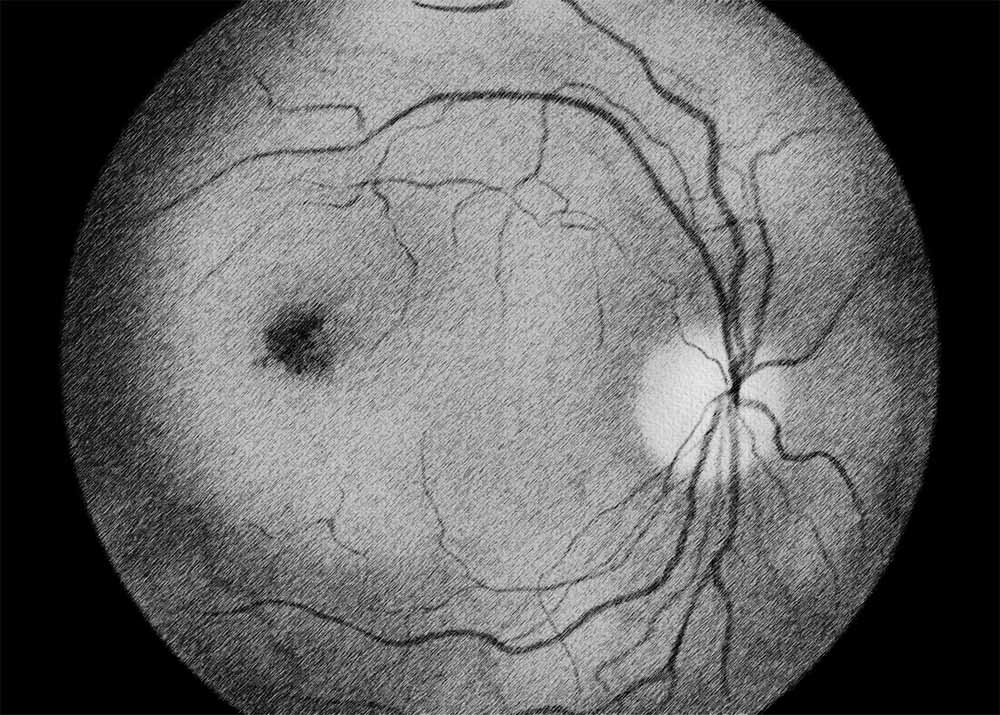
Best Disease (Vitelliform Macular Dystrophy) and its Treatment with Retyne Infrared Eye Treatment Mask
Best disease, also known as vitelliform macular dystrophy, is a rare inherited eye disorder characterized by progressive degeneration of the macula, the central part of the retina responsible for sharp, central vision. There are several types of Best disease, including classic, adult-onset, and autosomal recessive Bestrophinopathy (ARB), each with varying age of onset and severity of symptoms. Classic Best disease typically manifests in childhood or adolescence with the development of yellowish lesions, known as vitelliform deposits, in the macula.
Diagnosing Best disease involves a comprehensive eye examination by an ophthalmologist, including visual acuity testing, dilated fundus examination, and imaging studies such as optical coherence tomography (OCT) and fundus autofluorescence (FAF). Characteristic findings on OCT include the presence of subretinal fluid and accumulation of lipofuscin within the retinal pigment epithelium (RPE), while FAF imaging shows abnormal autofluorescence patterns corresponding to the vitelliform lesions. Genetic testing may also be performed to confirm the presence of mutations in the BEST1 gene, which encodes for the bestrophin protein.
Best disease shares similarities with age-related macular degeneration (AMD), another common macular disorder characterized by progressive damage to the macula. While the underlying mechanisms differ, both conditions result in central vision loss and can lead to significant impairment in daily activities such as reading and driving. However, Best disease typically has an earlier age of onset and is caused by mutations in specific genes, whereas AMD is more prevalent in older individuals and is influenced by environmental and lifestyle factors.
The Retyne Infrared Eye Treatment Mask offers a promising therapeutic option for managing the symptoms of Best disease, particularly in cases where conventional treatments have limited efficacy. Program #1 on the Retyne controller delivers targeted infrared light therapy to the macular region, aiming to reduce inflammation, promote cellular repair, and improve retinal function. The invisible infrared light penetrates deep into the retinal tissues, exerting its therapeutic effects at the cellular level without causing discomfort or side effects.
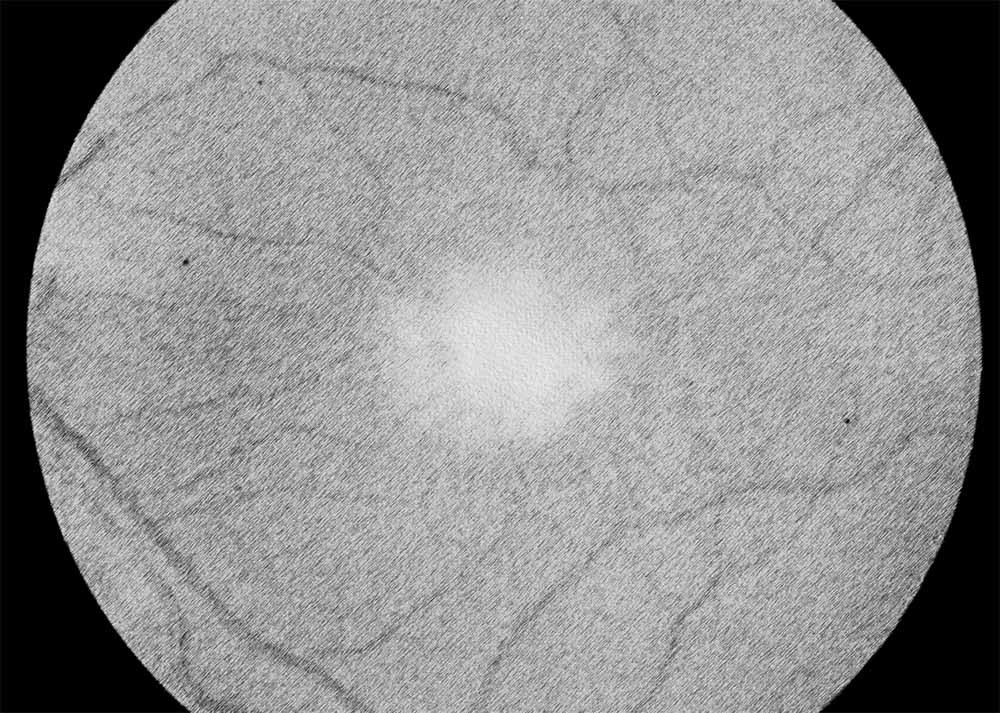
By incorporating the Retyne Infrared Eye Treatment Mask into the management of Best disease, clinicians can provide patients with a non-invasive and adjunctive therapy to complement existing treatment modalities. The use of invisible infrared light therapy may help slow the progression of the disease, preserve remaining vision, and improve overall visual function. Additionally, the Retyne mask can be used as part of a comprehensive treatment plan to optimize patient outcomes and enhance their quality of life.
In conclusion, Best disease (vitelliform macular dystrophy) is a rare inherited eye disorder characterized by progressive degeneration of the macula, leading to central vision loss. The Retyne Infrared Eye Treatment Mask offers a novel approach to managing the symptoms of Best disease by delivering targeted infrared light therapy to the affected retinal tissues. This non-invasive therapy has the potential to slow disease progression and improve visual outcomes, providing patients with a promising option for preserving their vision and maintaining their quality of life.
The Retyne eye treatment mask employs a specific array of frequencies (0.15, 0.18, 0.8, 5.5, 33.2, 172.3, 471.2, 557.82, 603.44, 921.88) meticulously tailored to address symptoms associated with Best disease (vitelliform macular dystrophy). Each frequency is carefully selected based on its documented effectiveness in managing and alleviating this particular visual condition. Retyne's innovative approach involves the transformation of these frequencies into invisible infrared light output, heralding a pioneering fusion of frequencies with light—a revolutionary technology pioneered by Retyne Labs.
Drawing inspiration from the pioneering research of Dr. Rife, who unearthed the therapeutic potential of precise frequencies and harnessed light for their propagation, Retyne's methodology embraces contemporary insights into invisible infrared technology. By leveraging current advancements and building upon historical investigations into frequency-based light transmission, Retyne has developed the innovative Retyne Eye Treatment Mask. This cutting-edge device represents the synthesis of modern breakthroughs in visual healthcare, offering a comprehensive solution rooted in both tradition and progress.
Moreover, for those utilizing advanced hardware such as the RDPV4, a secondary set of specific frequencies for Best disease (vitelliform macular dystrophy) are the Group at program 341: Best Disease [Macular Degeneration]: 0.15, 0.18, 0.8, 5.5, 33.2, 172.3, 471.2, 557.82, 603.44, 921.88 ). The RDPV4 offers an expanded range of frequencies, finely calibrated to provide even greater precision in addressing Best disease. By incorporating this secondary set of frequencies, the RDPV4 elevates the potential therapeutic benefits of the Retyne eye Treatment Mask, catering to individuals seeking advanced solutions for their visual health needs.
Best disease (vitelliform macular dystrophy) General Group exists at program 2067 on the International ETDFL frequency list
Specific Group: 341: Best Disease [Macular Degeneration]: 0.15, 0.18, 0.8, 5.5, 33.2, 172.3, 471.2, 557.82, 603.44, 921.88
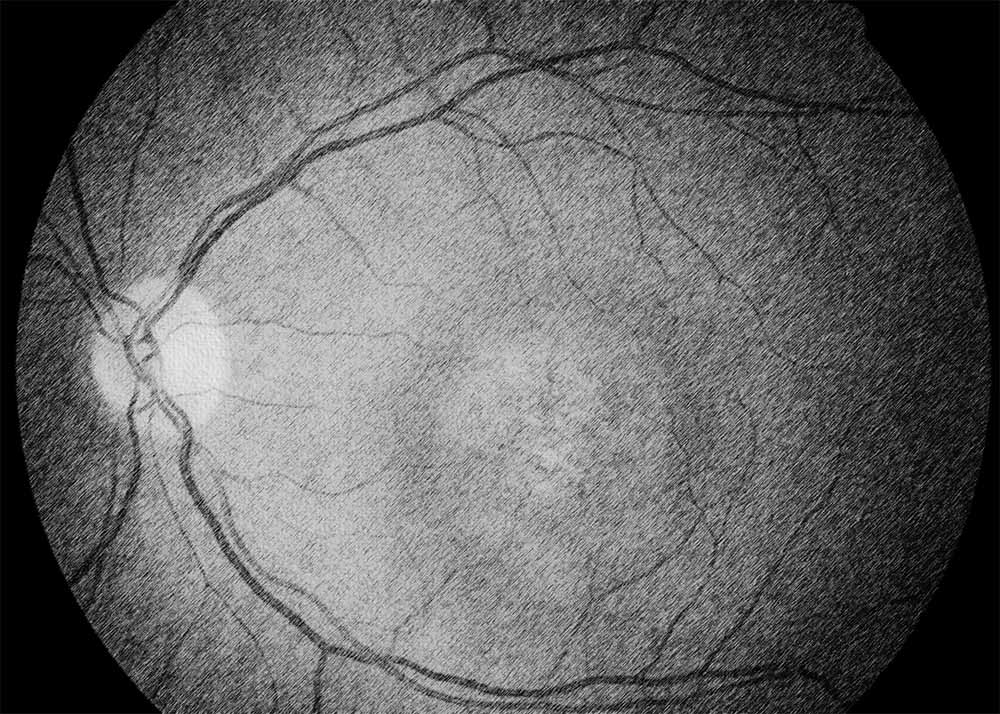
Compatibility
Standalone controller (Program #1) (Controller shipped with Retyne Eye Treatment Mask)
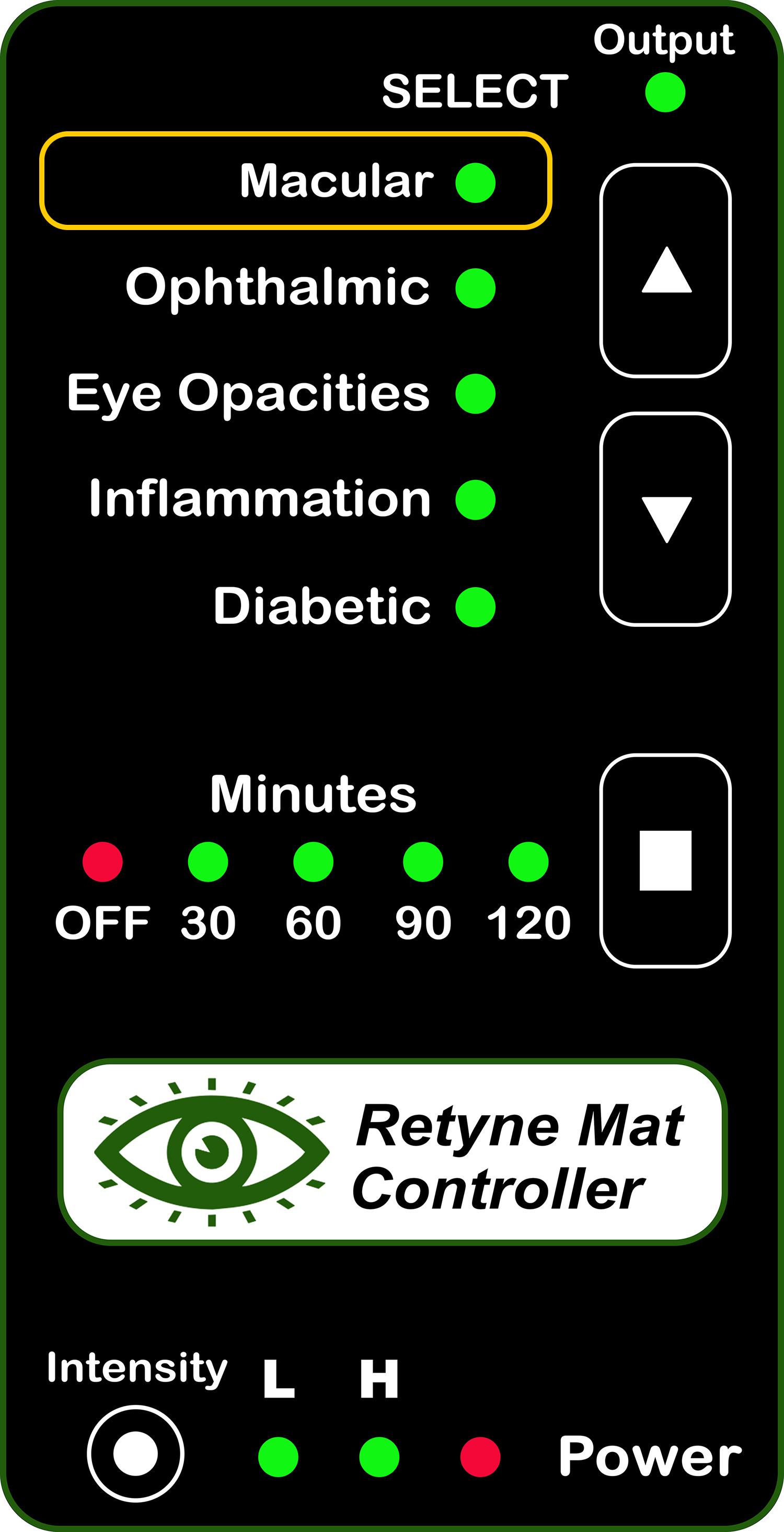
RDPV4 (Direct connect, use group 341)
RDPV4 Light Mask Program button 1
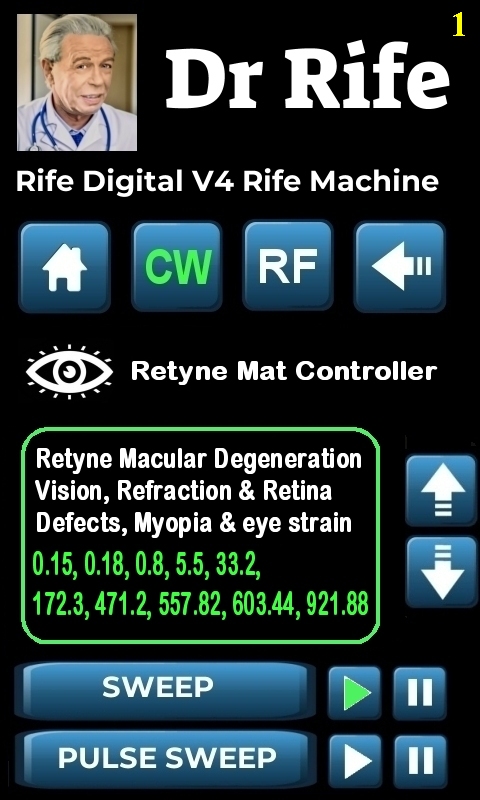
Click here for instructions on using the Retyne Mask + Controller
